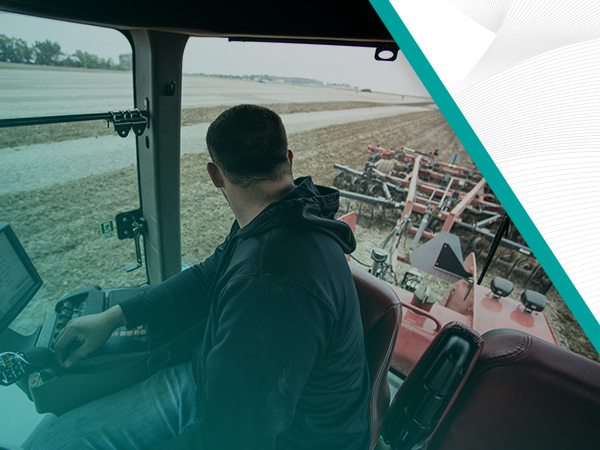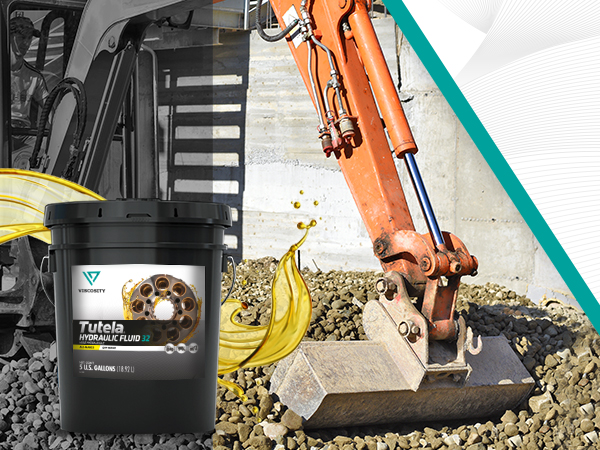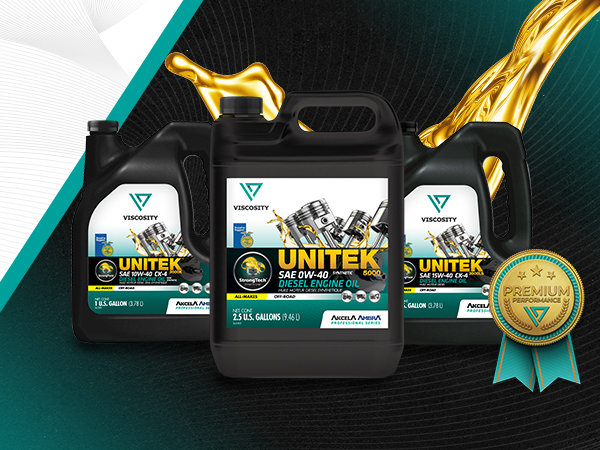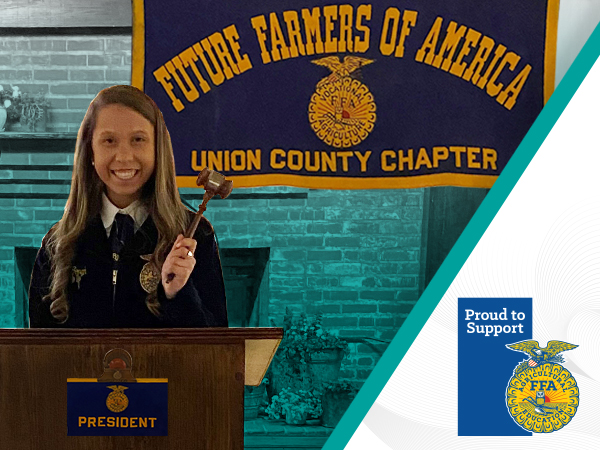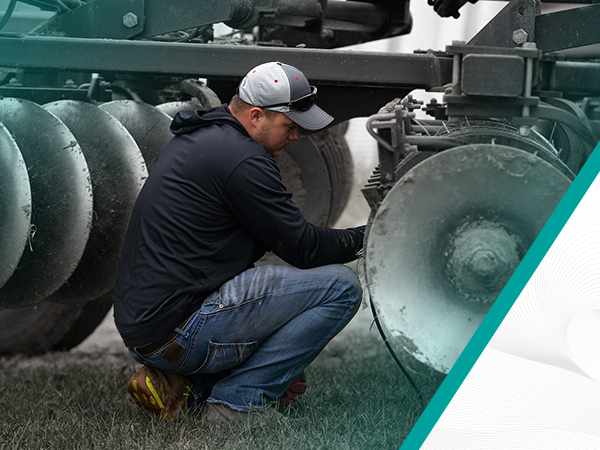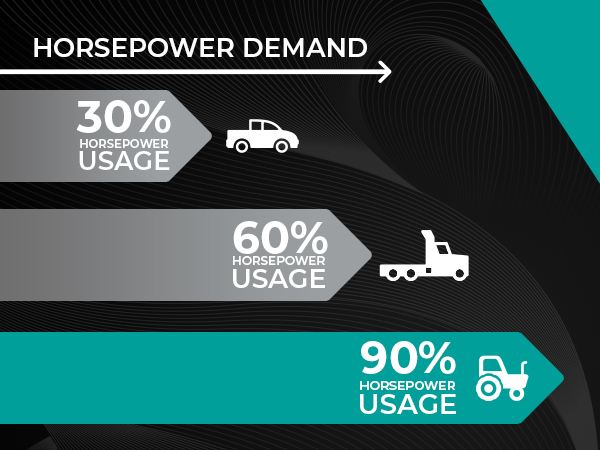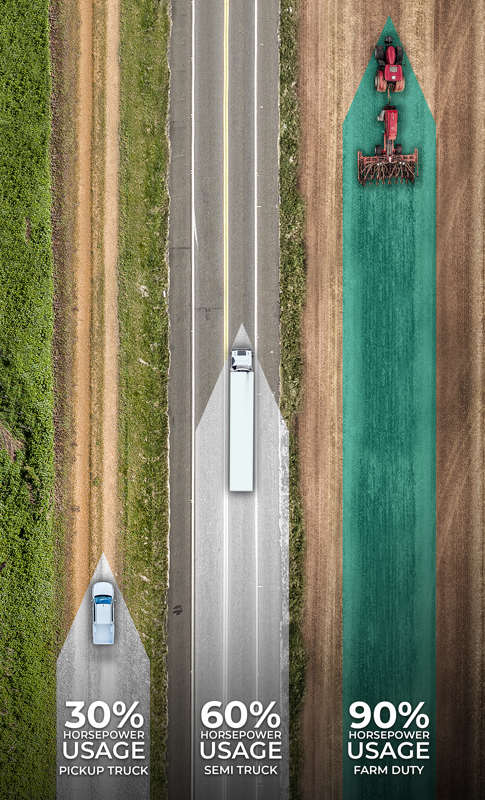

We build the business proposition value with our brand.
I found the company online when searching for a job position in the summer of 2016. I had previously worked in other lubricant and oil companies, so I knew the business. VISCOSITY made me an offer after a face-to-face interview at Montreal in October that year with the company’s CEO and my fellow TM Matt Pflieger—now covering Western Canada—and I gladly accepted.
David Journeault has been part of the VISCOSITY Oil Family as a Territory Manager for Canada for six years. As a French speaker, David fulfills the role of mediator and translator when the rest of the team visits Canada. His knowledge and language skills are a tremendous help to get information to dealers that fit their language and needs, providing excellent service to all his clients.
RELATED ARTICLES
Product Datasheets: A Window to Fluid Performance For one of our expert chemists working at our lab, a datasheet may be very …
Keeping Farmers Safe: National Farm Health and Safety Week We recently shared a blog reviewing some of the risks that come with …




